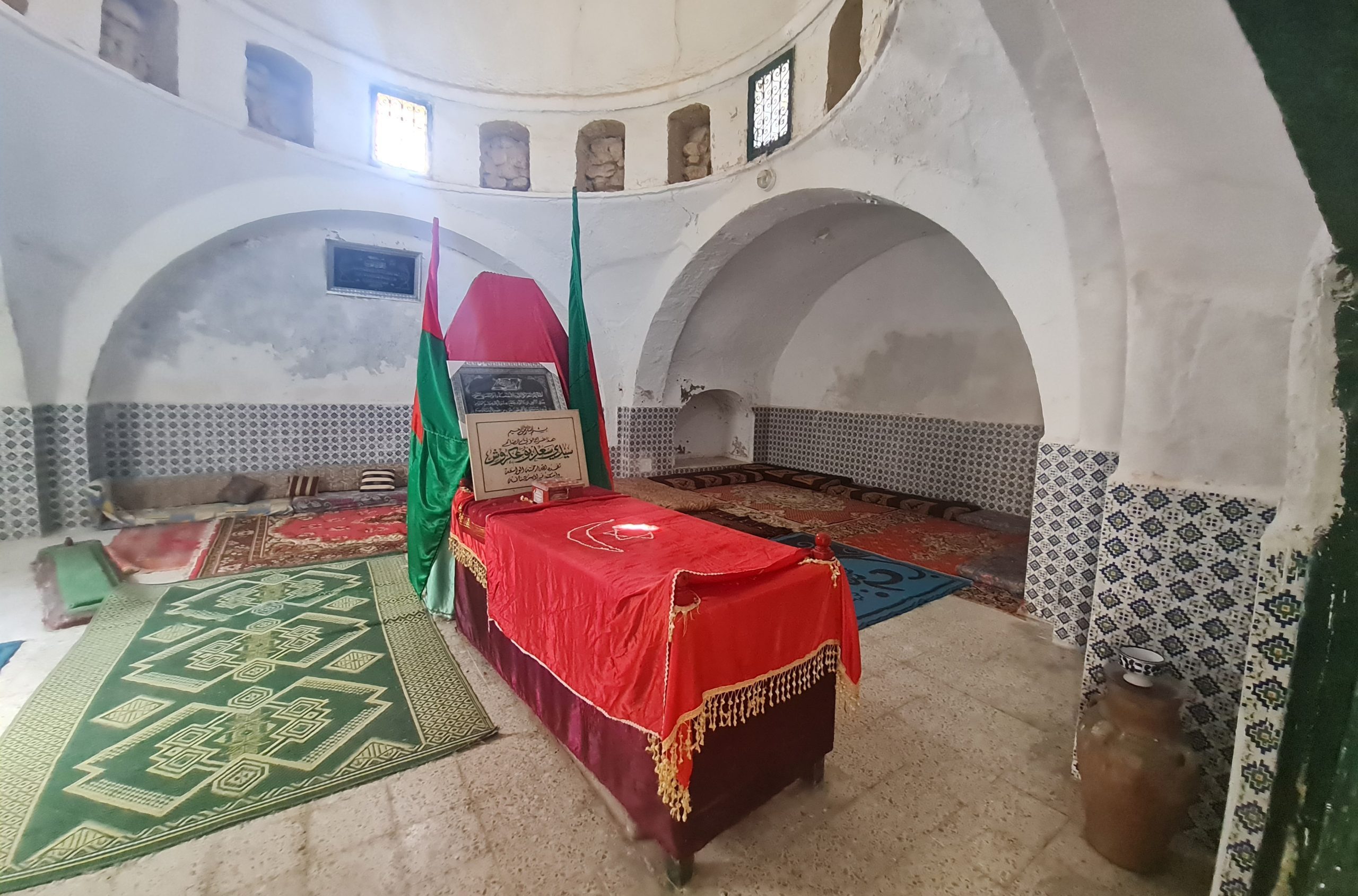

Celebrating February’s Black History Month—Documentation and Outreach Event Commemorating the End of Slavery in Tunisia
Faten Bouchrara and Saoussen Nighaoui, Heritage Laboratory of the University of Manouba-Tunisia
On January 23, 1846, Tunisia became the first Arab and Muslim country to ban slavery. On the 177th anniversary of this event, a commemorative day was jointly organized by several ASOR partners in Tunisia: The Heritage Laboratory of The University of Manouba, The Manouba Association for Monuments and Culture, and The Association Carthagina. This article recounts the event and closes off fittingly the celebrations of Black History Month. A rich and robust program was presented to a large audience of students, teachers, and members from the Black and Amazigh communities. These groups shared how they had worked with ASOR on the documentation, preservation, and outreach of the cultural heritage of religious and ethnic minorities in the Maghreb. This collaborative project, supported by an anonymous donor, has provided the opportunity to train members from different minority groups in the Maghreb with a wide number of documentation tools.
During this ongoing project, members of the Black Tunisian community have been trained by Faten Bouchrara and Saoussen Nighaoui from the Manouba Laboratory in the manipulation of these technological programs. These open-access tools not only help Black Tunisians with documenting their patrimony but also raise awareness of their rich culture. Five members of the Black Tunisian community were trained on strategies of photo taking to produce photogrammetric models. A field documentation session was carried out in two mausoleums of Black saints: the mausoleum of Sidi Saâd Bouakrouche in Mornag near Tunis and the mausoleum of Sidi Gnaou in Zraoua, Gabès, in southern Tunisia.
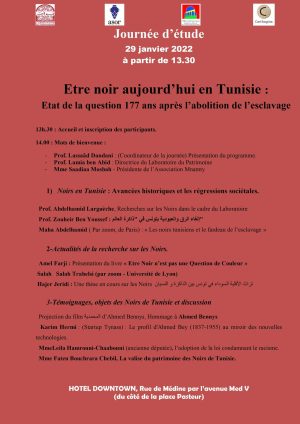
Fig. 1: Program of the Commemorative Day celebrating the end of slavery in Tunisia.
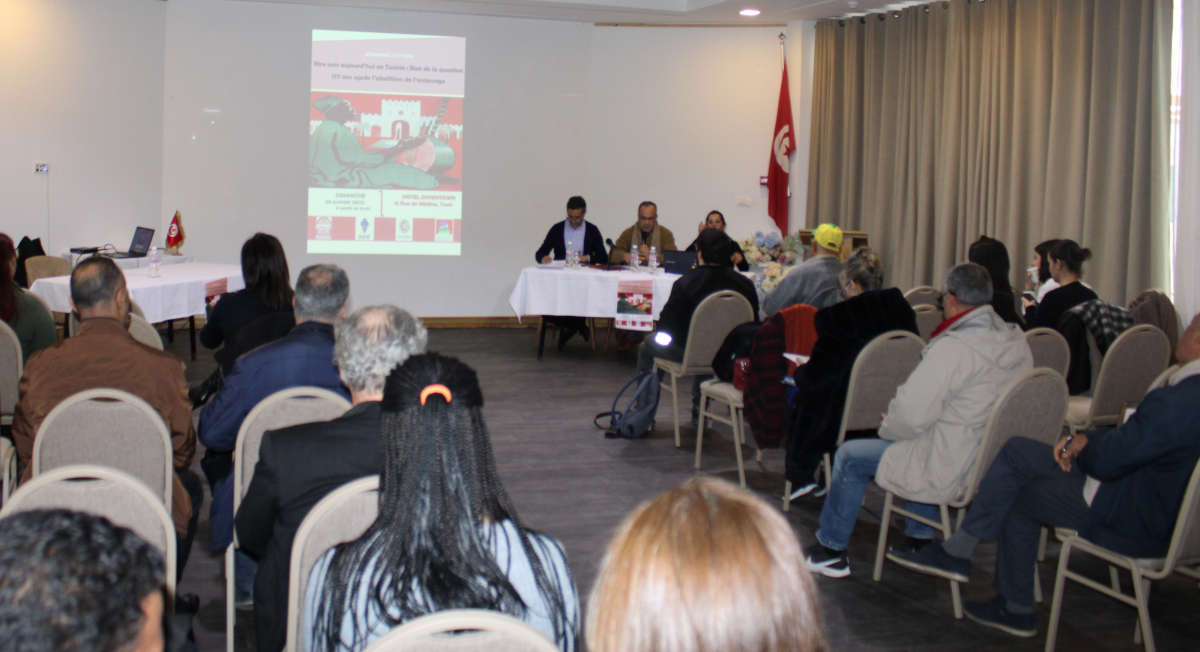
Fig. 2. Opening ceremony of event in Tunis (Photo Saoussen Nighaoui).
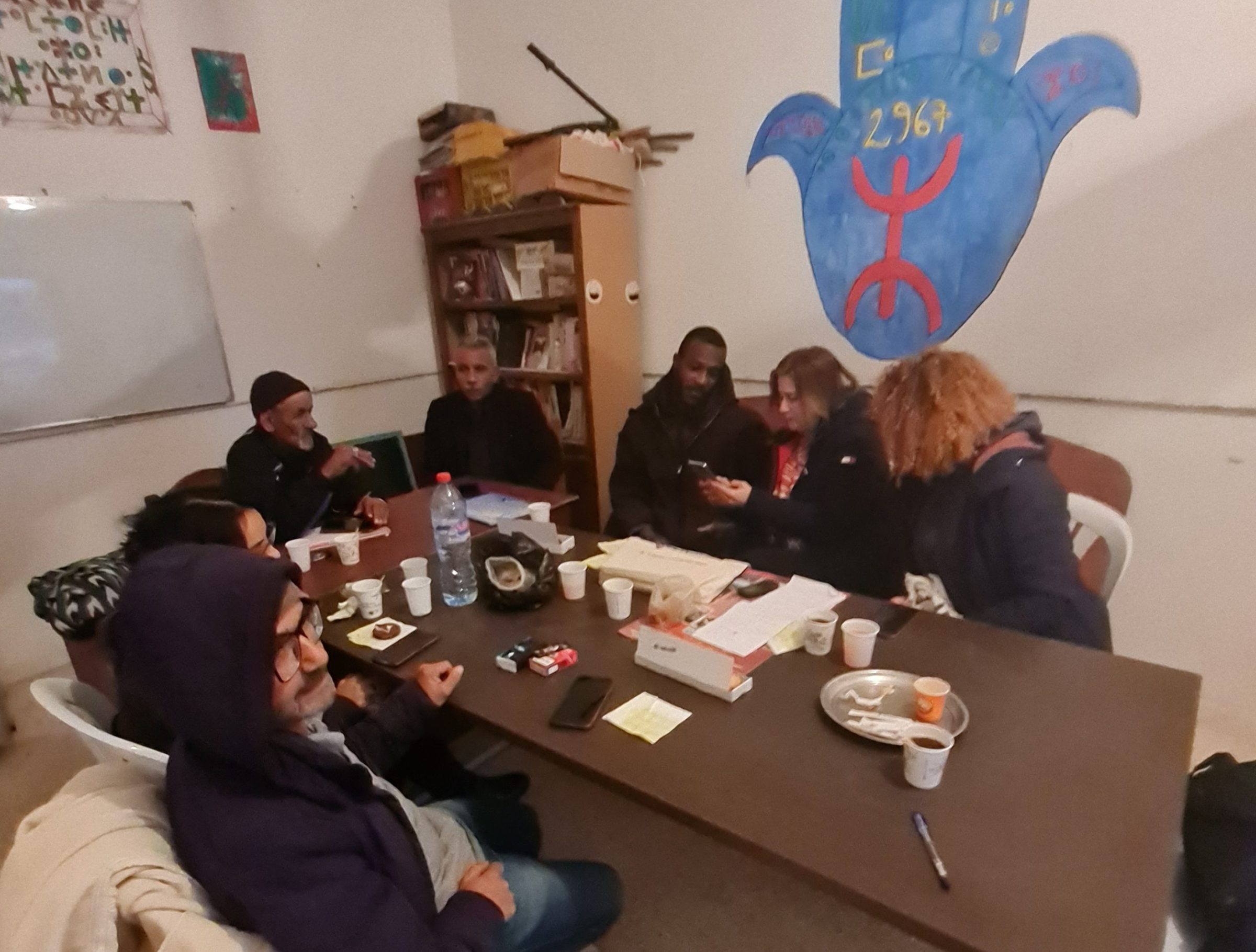
Fig. 3. Faten Bouchrara and Saoussen Nighaoui train members of the Black Tunisian community on using KoboToolBox and KoboCollect to document their tangible heritage (Photo Ahmed Metoui).
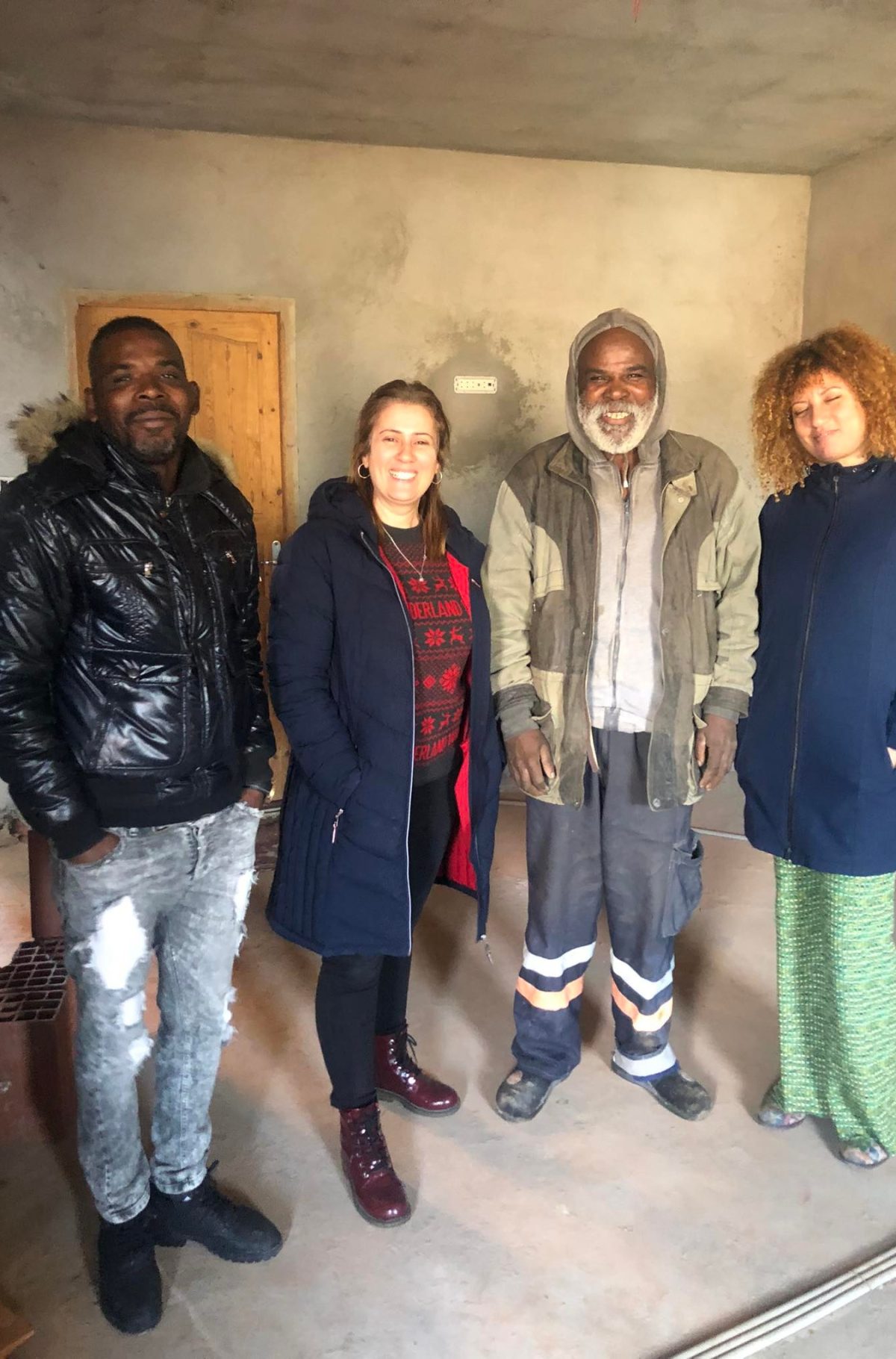
Fig. 4. During the documentation training session. Left to right: Saâd Elbey, Faten Bouchrara, Kamel Kirane and Saoussen Nighaoui (Photo Sami Chebil).
In addition to training in these computer-aided methods, Bouchrara presented the concept of a Museum in a Suitcase, another ASOR project that was launched in 2018 in Libya to foster and advance education and stewardship activities that preserve and promote cultural shared heritage. Musician Belhassen Mihoub presented a proposal for a Black Tunisian music suitcase. He demonstrated the use of traditional musical instruments that he made himself, such as the Gombri, the Gambra, and the Chkâchek. He also included in the suitcase the costume of Bousâadia, the traditional character who accompanies and dances to the music known as Stambeli. This hands-on presentation followed Hajer Jeridi, a doctoral student, who spoke about her current research on Black music in Tunisia.
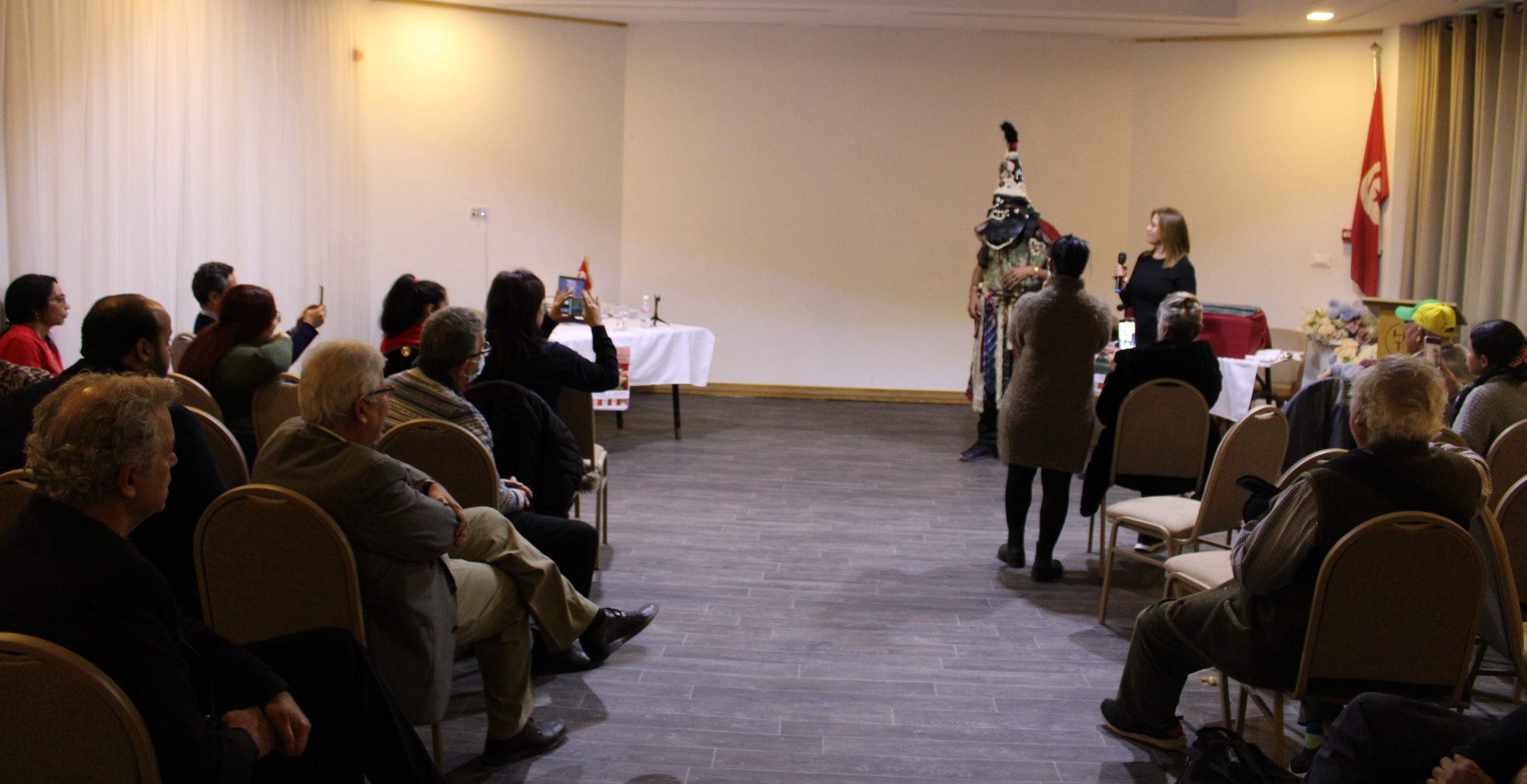
Fig. 5. Musician Belhassen Mihoub dressed in the costume of the traditional character who accompanies and dances to the music known as Stambeli (Photo Saoussen Nighaoui).
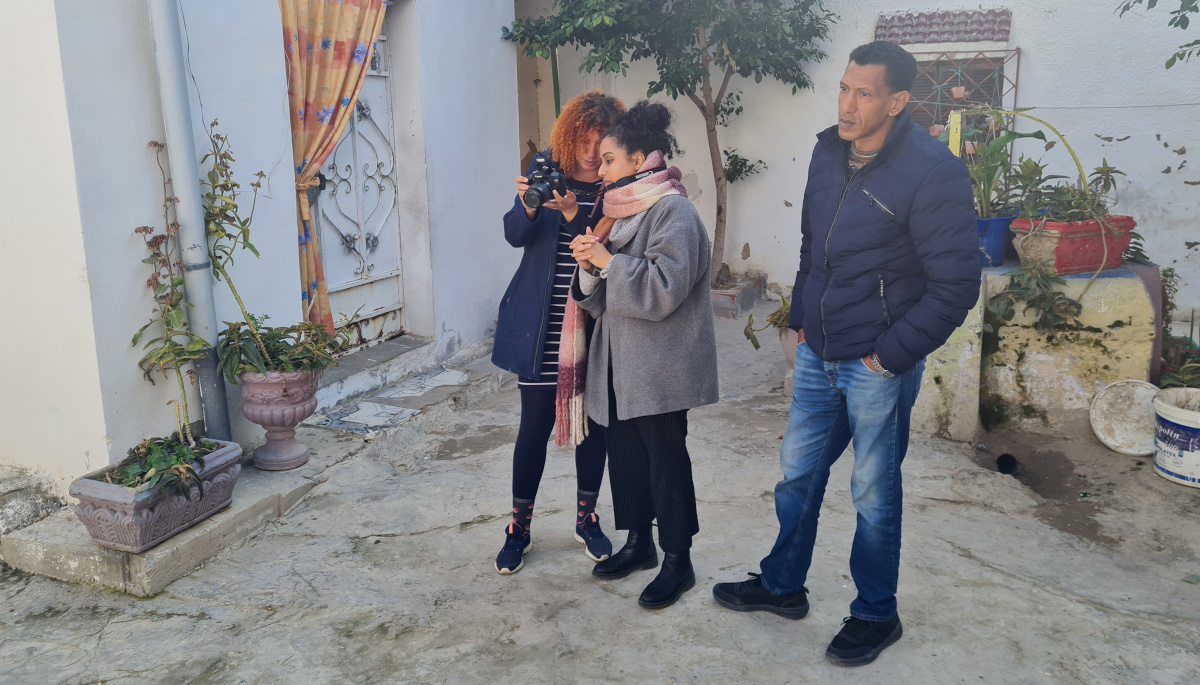
Fig. 6. Saoussen Nighaoui during the field training in successful photogrammetry photo-taking strategies (Photo Faten Bouchrara).
The celebratory event included also academic presentations delivered by Prof. Abdelhamid Largèche and Amel Farji on the history and heritage of the Blacks in Tunisia. Two female representatives of the Black Tunisian community, Saadiya Mosbah and Maha Abdelhamid, addressed the audience via Zoom on the topic of Tunisian slavery. Largèche stressed that Black Tunisians continue to bear a burden of their enslavement past.
Presenters stressed the abolition of slavery in 1846 by Ahmed Bey (who became the ruler of the beylik of Tunis in 1837) was not sudden. It was already preceded on September 6, 1841, by a ban on the sale of slaves and by an official decree on December, 1842 ruling that any child born of slave parents in Tunis, is declared free. Ahmed Bey’s contribution to the advancement of human rights in Tunisia was highlighted in the screening of the movie Mhamdia by Ahmed Bennys evoking Ahmed Bey’s trip to France in 1846, just after he promulgated the act of abolition of slavery, and by Karim Hermi who presented a project profiling Ahmed Bey (1837-1955) with the use of new technologies.
These commemorative activities will certainly have a positive impact on the heritage of the Black Tunisian community, and ASOR was pleased to participate from afar through ongoing activities with our collaborators in Tunisia. Combined with ASOR’s documentation and outreach activities in Tunisia, such activities reinforce the need to protect, safeguard, enhance, and share the diverse cultural heritage of a pluralistic Tunisia.
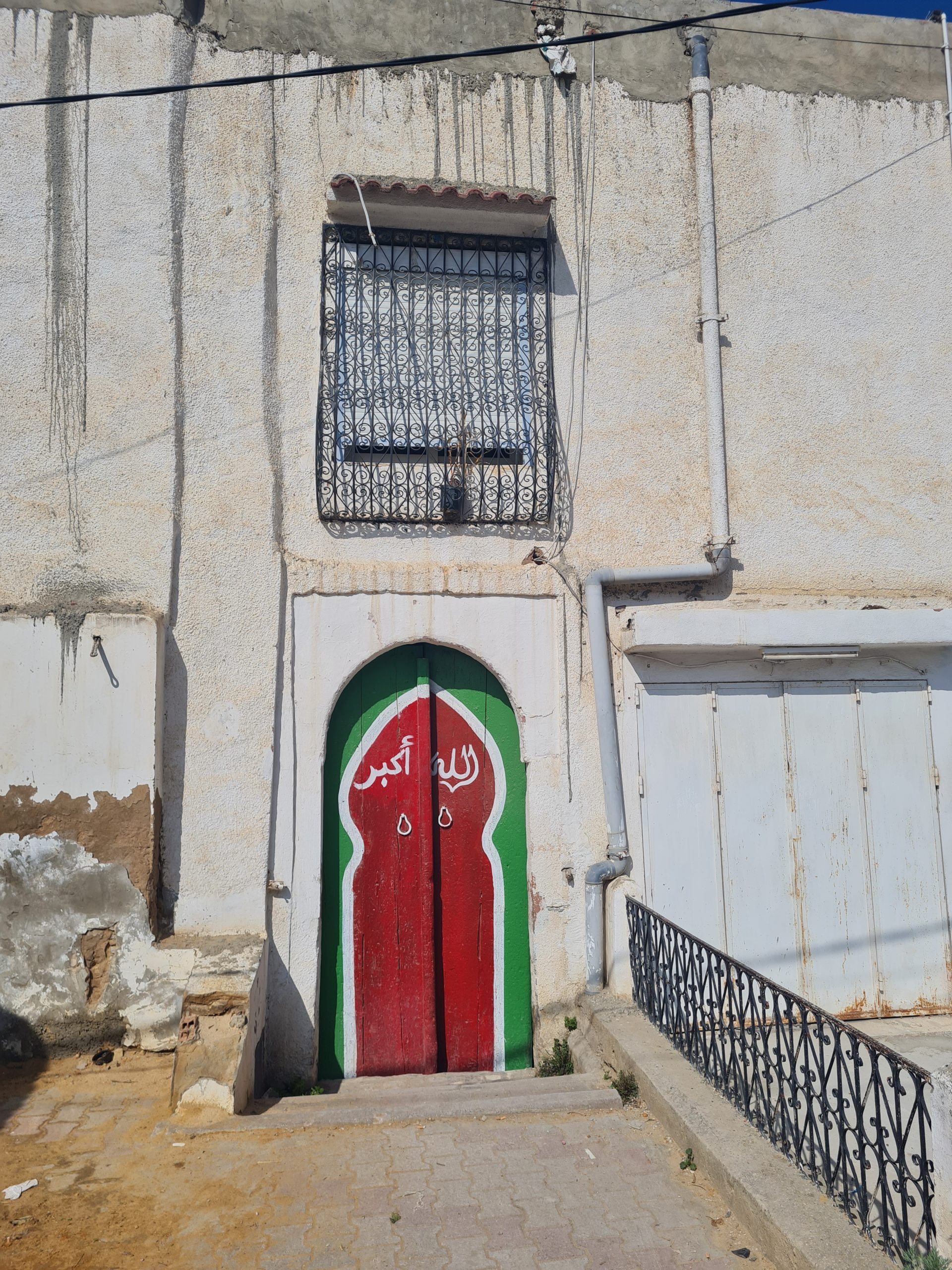
Fig. 7. Photogrammetric documentation of the façade of the Sidi Saâd Bouakrouche Mausoleum in Mornag near Tunis (Photo Saoussen Nighaoui).
